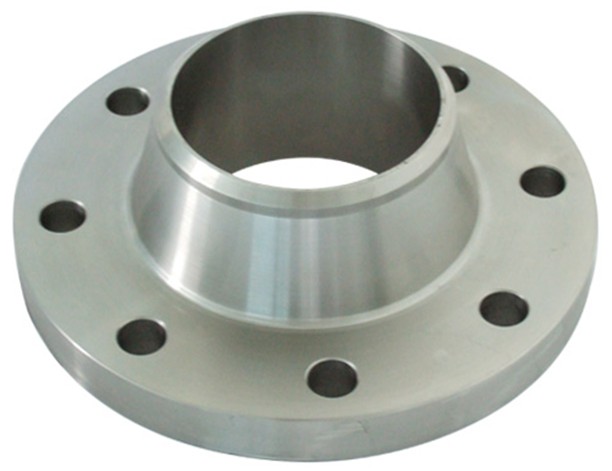Different Forging Process In Metal Technology

Modern construction has integral component named as metal forgings. Latest metal technology includes four popular forging techniques – close die forgings, open die forgings, cold forging, and seamless rolled-ring forgings. Usage of material depends on nature of product and industrial requirement. All forging components are designed using one of these popular metal technologies.
Close die forgings and exporters
The other popular name for Close die forgings is impression die forging. Close die forgings exporters utilized process for creating 3-dimensional objects. The process is suitable for bulk production and hot metal is transformed into desired shape using two dies. These two dies are basically two parts of molds that are combined together. Close die forging is suitable for aluminium, steel and titanium metals. It is possible to design forging components in intricate shapes based on clients’ configurations.
Cold forgings and exporters
Most of forgings are example of hot process that is done at a high temperature of 2300 degrees. However, cold forgings are performed at low temperature mainly at room temperature. The cold forging technique is highly suitable for automotive parts having weight up to 10 pounds. The technique is most suitable for metals like stainless steel, bronze, aluminum alloys, brass, and carbon steel.
Open die forgings and exporters
It is different from cold and close die process using flat dies for manufacturing forging components. Huge metal can be forged between flat dies using open die technique. The process assures précised forging and suitable for providing high mechanical strength and required strength. The versatile process is also suitable for ferrous and non-ferrous alloys.
Seamless rolled-ring forgings
In this technique, no dies are used for manufacturing forging components. Exporters use this process for Aluminum, Steel and Titanium Forgings. It is suitable for heavy metals weighing up to 350,000 pounds.